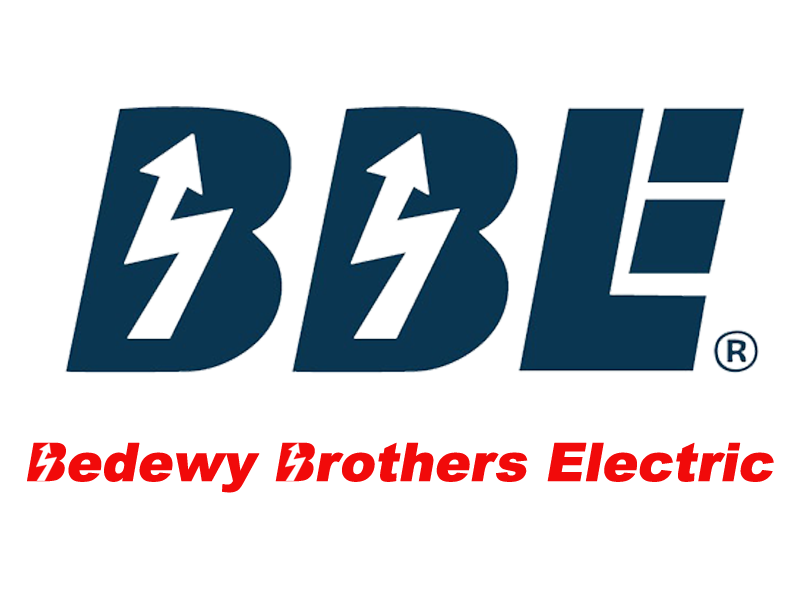التدوينات
Personal Protective Equipment For Hot Work
Personal Protective Equipment For Hot Work
electric resistance
When working in a high heat environment – including gas welding and cutting, electric arc welding, and carbon arcing or plasma arc cutting – you are exposed to a number of hazards, specifically:
- Molten metal,
- Toxic gases, fumes, and vapors
- Harmful radiation
- Excessive noise
- Electrical shock
- Fire hazards
Personal Protective Equipment is an important step in protecting against these hazards (and in most situations, is an OSHA requirement). The type of work being performed will dictate the safety gear that needs to be worn. However, there are five categories of equipment that should be considered when doing all hot work.
- Respirators: Respirators provide protection from the inhalation of harmful gases, fumes, and vapors. Respiratory protection needs to be considered when hot work is performed in confined or enclosed spaces. Air-purifying respirators should be worn when doing hot work on surfaces containing lead, cadmium, or mercury. Supplied air respirators (air-line respirators) should be used when hot work is performed on beryllium. Respirators may also be necessary when working on surfaces covered with toxic substances, such as solvents or paints, since the high temperatures involved may vaporize these materials.
- Eye protection: Using appropriate eye protection is important to protect your eyes from both ultraviolet (UV) and infrared (IR) radiation. Welding, cutting, and burning goggles which are shaded are used to protect from UV and IR radiation. To protect your face from flying materials such as slag, a face shield should be used in conjunction with goggles. Welding helmets with shaded glass viewing ports are used during carbon arc welding to protect the face, neck, and eyes from UV and IR radiation. When selecting eye protection for hot work, it is very important to ensure that the proper lens shading is used for the work performed. (And remember that anyone working or standing near the work area should also wear appropriate protective eyewear.)
- Protective clothing: Hot work (obviously) produces heat, creating a burn risk. Protective clothing helps to reduce the chance of burns from sparks and slag. For high temperatures, the best protective clothing is leather or fire retardant garments. When wearing leather or fire retardant garments, it’s important to remember that the protection they offer will be compromised if they are soiled with oil, grease, solvents, or other flammable or combustible substances or if they are in poor condition (holes, fraying, etc.). Pants should not have cuffs. Also, if garments have open pockets, the pockets need to be Velcroed or taped shut to prevent sparks or slag from entering.
- Foot protection: Heavy objects (metal plates, for example) and falling sparks and slag can cause foot injuries. High-top leather boots or low-top leather boots in conjunction with leather spats provide protection from sparks and slag. In order to protect toes from heavy objects that are dropped, the boots should be safety (steel-toe) boots.
- Hand and wrist protection: Hand and wrist protection are also important PPE because high temperature tasks expose your hands to cuts and burns (both from heat and UV or IR radiation). Leather welding gloves generally provide the necessary protection during hot work. Leather gloves also provide a degree of cut resistance-an important factor when handling sheets of metal or other sharp materials. For carbon arc welding, long-cuffed leather gloves are most appropriate, and for welding, cutting, or burning, short-cuffed welding gloves. Like protective clothing, in order to provide adequate protection, leather welding gloves need to be in good repair and free from flammable and combustible materials such as oils, grease, and solvents.
Other PPE to Consider
Other PPE that should be considered depending on the task and work area including:
- Hearing protection for environments with very loud intermittent noise or persistent loud noises.
- Head protection (i.e., a hard hat) for work areas where there are potential overhead hazards from falling objects or materials.
- Personal floatation devices when working in an area where there is potential for falling into the water.
- Fall protection systems such as positioning systems or personal fall arrest systems for work performed at heights.
